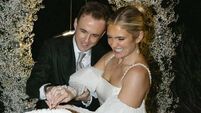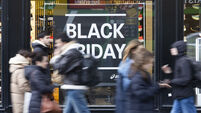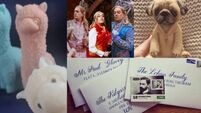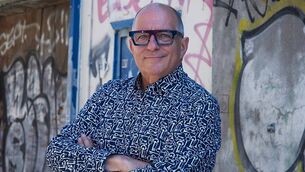Sinéad Burke proves breaking the mould is all the fashion
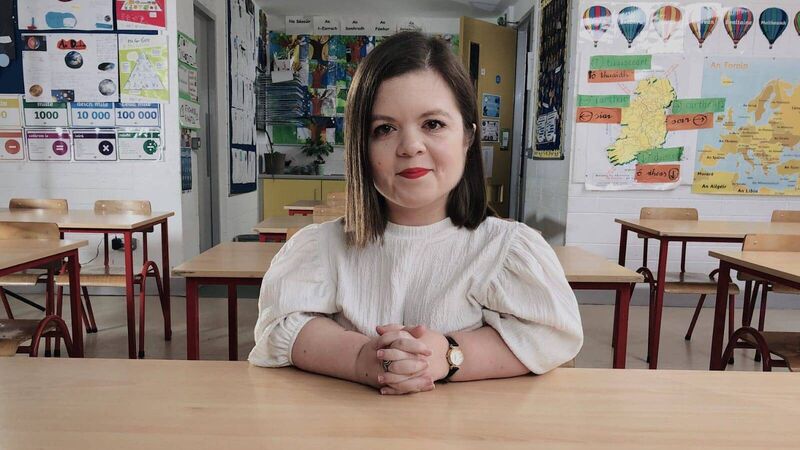
Sinead Burke
Advocate, activist, teacher, fashionista and friend to the great and the good. Sinéad Burke can add best-selling author to that list of accolades, because even before her new children’s book Break The Mould: How To Take Your Place In The World, launched on Thursday, pre-order sales had declared it a best-seller.
Born 30 years ago with achondroplasia, (a disproportionate form of restricted growth), Sinead Burke has made it her life’s mission to change the way the world thinks. From the White House to the Met Gala, she uses her profile and universally admired sense of style to encourage us all to be more tolerant of others.




